20 x 9 Challenge
This blog post contains Amazon affiliate links. As an Amazon Associate, I earn a small commission from qualifying purchases.
The 20×9 Challenge asks you to use a given digit no more than six times to create an expression that is equal to 20. How many can you figure out?
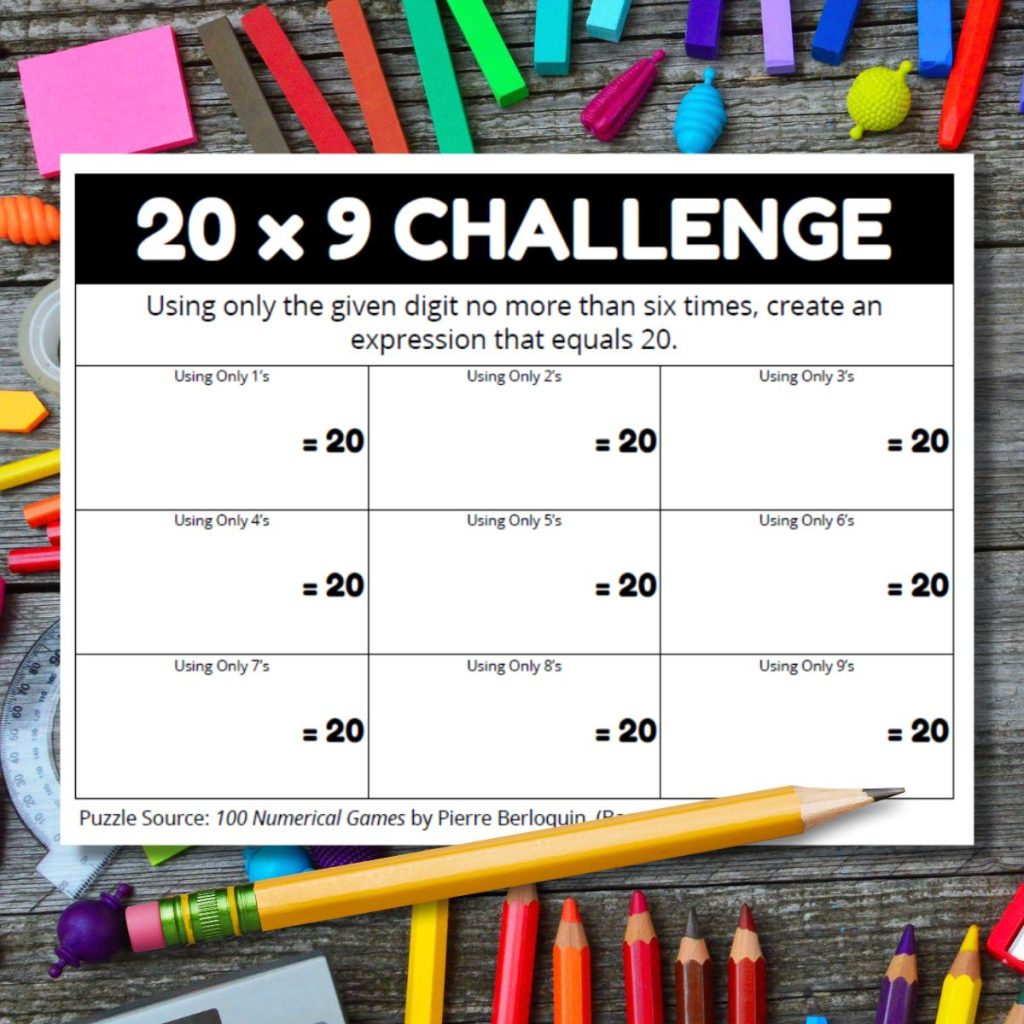
This puzzle is just one of many free printable number challenges that I have created for my own classroom and am sharing with you!
Be sure to check out my entire collection of free printable math puzzles.

Looking for more first day of school activities and puzzles for your classroom? I have a giant blog post dedicated to 40+ activities for the first week of school.
Here’s a few examples of some of these engaging activities for the beginning of the school year.
Puzzle Source
Last summer, I picked up a copy of Pierre Berloquin’s 100 Numerical Games at Goodwill for a couple of dollars.
It’s turned out to be a good investment because it has served as inspiration for several fun classroom challenges.
I turned several of the puzzles in this book into the Twos to Nines Challenge which I ended up using last year on the first day of school. So many of you readers have used the challenge this year with your students already, and I have loved seeing all the pictures!
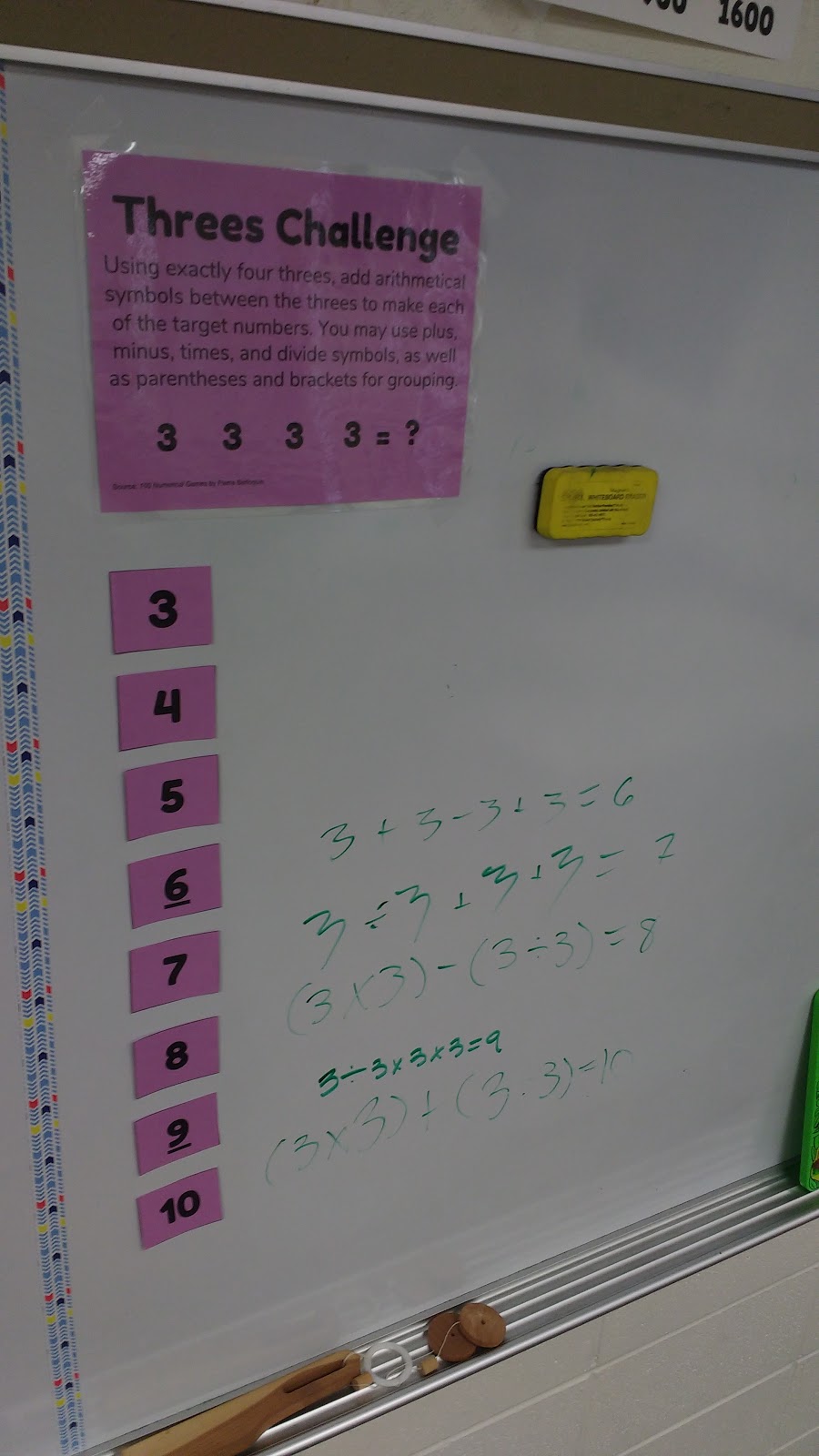
Another puzzle in this book caught my eye recently, and I decided to turn it into a classroom challenge as well.
20 x 9 Challenge Instructions
Here’s the 20 x 9 challenge puzzle (or game as the book calls it) as originally written:
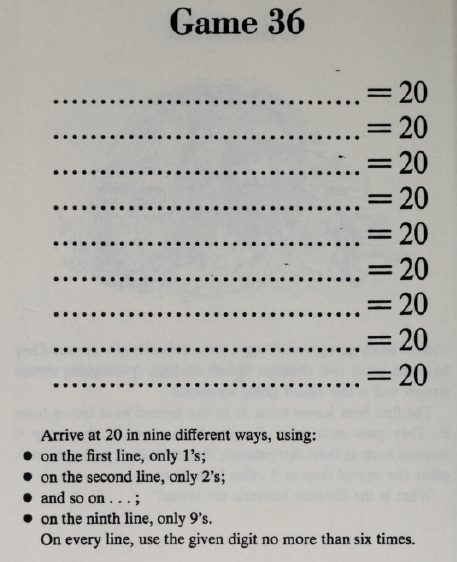
I have dubbed this the 20 x 9 Challenge since it requires you to find 9 different ways to write an expression that equals 20. Sounds easy, right?
The challenge is complicated by the fact that each expression can only use a single digit, and that digit can be used no more than six times.
Using this Puzzle in the Classroom
Here’s the template I ended up creating to give to my students for the 20 x 9 Challenge.
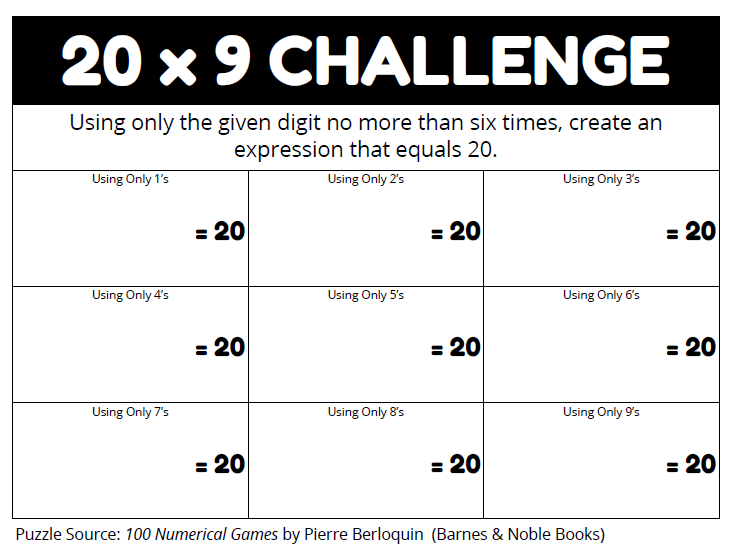
You could print individual copies of the activity for students to write on or you could print just a class set to be used in conjunction with dry erase pockets.
MATH = LOVE RECOMMENDS…
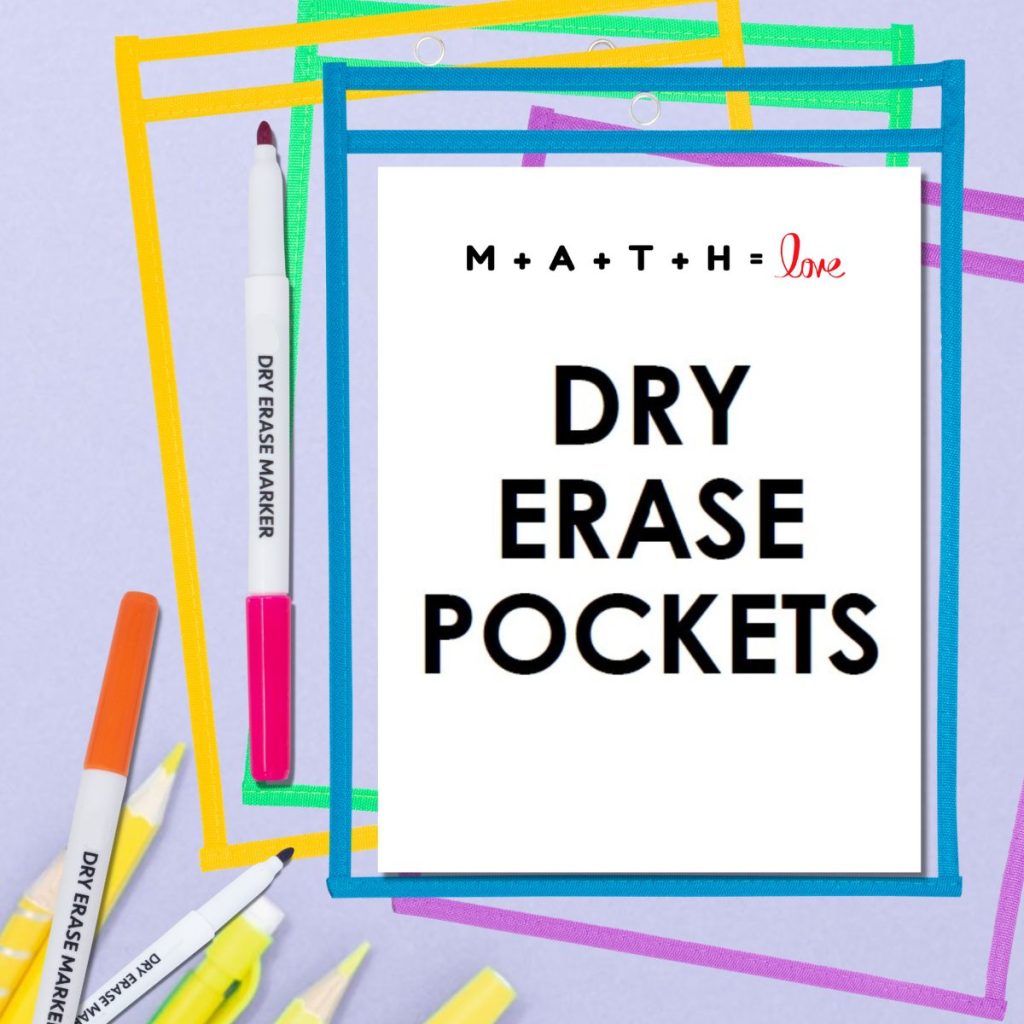
I cannot imagine teaching math without my dry erase pockets! They instantly make any activity more engaging and save me countless hours at the copy machine since I can use the same class sets of copies year after year.
Here are my current go-to recommendations:
If you don’t have a classroom set of dry erase pockets, you could also use heavy duty sheet protectors. But, I highly recommend investing in a classroom set of the pockets since they are so much more durable.
Yesterday was the first Friday of the month which meant it was Early Release Day. As a result, classes were shortened from the usual 50 minutes to 40 minutes.
My students had a short ACT bellwork quiz to take at the beginning of the class period, so we only had 35ish minutes left afterwards.
This was fine with my Algebra 2 classes, because we were able to use the time to do some dry erase practice with sketching transformations.
My Pre-Calc students, on the other hand, needed to start a new section which required a full review of special right triangles from geometry.
I did not want to tackle this on shortened Friday schedule that also happened to be a Friday where quite a few students were gone and the first football game of the year. And, that’s the story of how my Pre-Calc students ended up being the testers for this activity.
In reality, it’s suitable for students in much younger grades. All students really need to tackle this challenge is some knowledge of the order of operations and some persistence.
They were super engaged by the 20 x 9 Challenge, and I really didn’t even have to do much explaining at all. For the most part, students picked up the challenge, read the instructions, and just dived in.
The main questions I ended up answering were in relation to whether certain things were allowed. The instructions don’t specify what mathematical operators that students are able to use.
Many students wanted to use exponents. I allowed this as long as the exponent was the specified digit AND the exponent counted as one of their digits. For example 3^3 was fine, but that counted as using two threes. I also had students using square root signs and decimal points.
One group even ended up using a vinculum for a repeating decimal which I found to be quite an interesting approach. Of course, one could argue that this meant they were actually using infinite digits…
When I posted the challenge on twitter, many people were using factorials in their solutions. Factorials don’t show up anywhere in the Oklahoma standards, so none of my students ended up taking this approach.
I also allowed concatenation, and I believe that you have to allow this for this puzzle to be possible. For example, two 2s could be put together to form 22.
Really, it’s up to you to make up your own rules for what you want students using and not using in this challenge.
As part of the process in writing this blog post, I took a look at the solutions provided by the book’s author. Each solution is possible WITHOUT any factorials, square roots, exponents, or decimal points. (Okay, the author does post a solution involving an exponent, but most of my students found a simpler solution for that number which did not use an exponent.)
Each solution is possible using only concatenation, addition, multiplication, and division. Oh, and parentheses, of course!
I’m intentionally NOT posting my students’ answers to the 20 x 9 Challenge to this blog post because I already had one group of students go googling for this challenge on their chromebooks in search of the solutions. I know it can’t just be my students that do that…
Printable Files for 20 x 9 Challenge
The 20 x 9 Challenge is available to save as a PDF and an editable Publisher file. In order to edit the Publisher file, you will need to have Microsoft Publisher installed on your computer.
Click here to SAVE the file to your device.
20 x 9 Challenge (PDF)
8675 saves – 44.34 KB
Puzzle Solutions
Puzzle solutions are available on a password-protected solution page. I do not openly post the puzzle answer keys because one of my goals as a resource creator is to craft learning experiences for students that are non-google-able. I want teachers to be able to use these puzzles in their classrooms without the solutions being found easily on the Internet.
Please email me at sarah@mathequalslove.net for the password to the answer key database featuring all of my printable puzzles and math worksheets. I frequently have students emailing me for the answer key, so please specify in your email what school you teach at and what subjects you teach. If you do not provide these details, I will not be able to send you the password.
Not a teacher? Go ahead and send me an email as well. Just let me know what you are using the puzzles for. I am continually in awe of how many people are using these puzzles with scouting groups, with senior adults battling dementia, or as fun activities in their workplace. Just give me enough details so I know you are not a student looking for answers to the puzzle that was assigned as their homework!

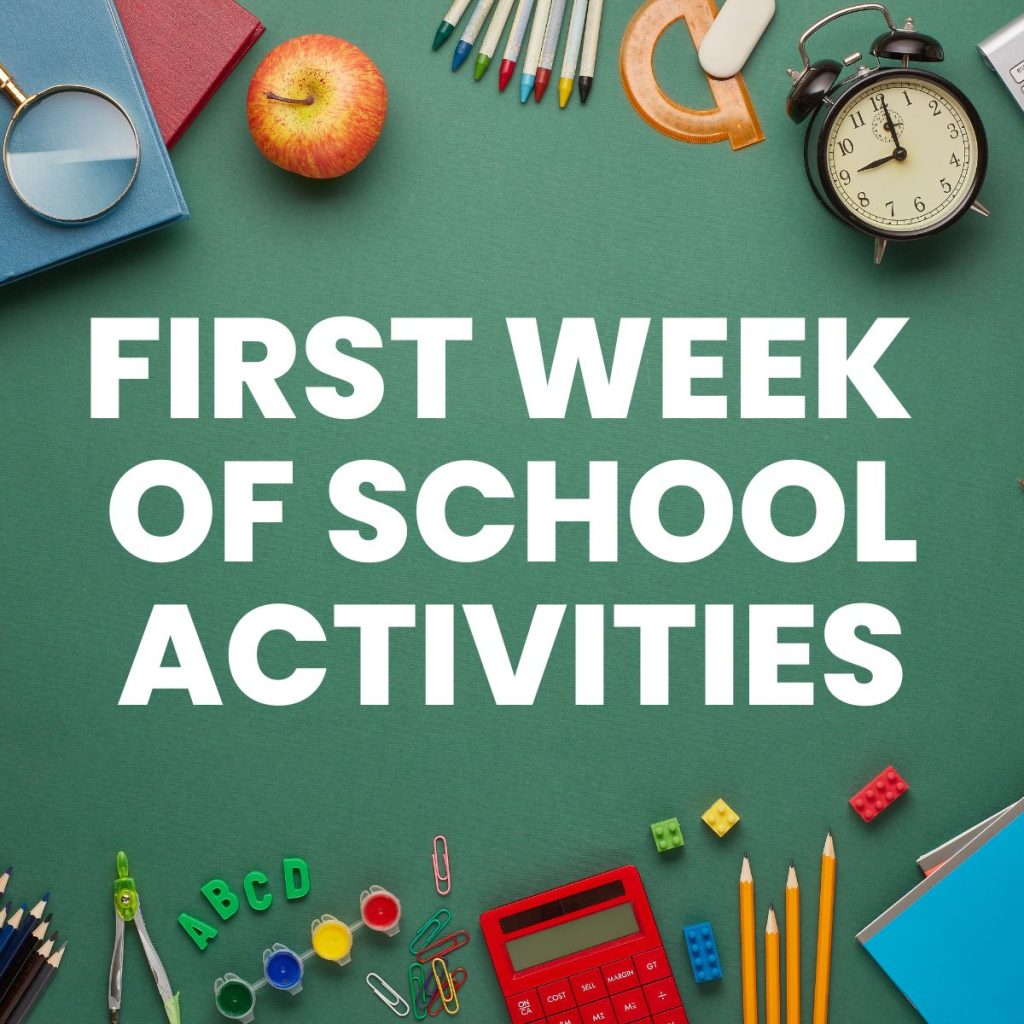

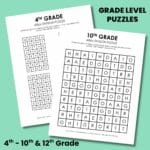
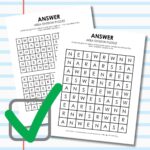



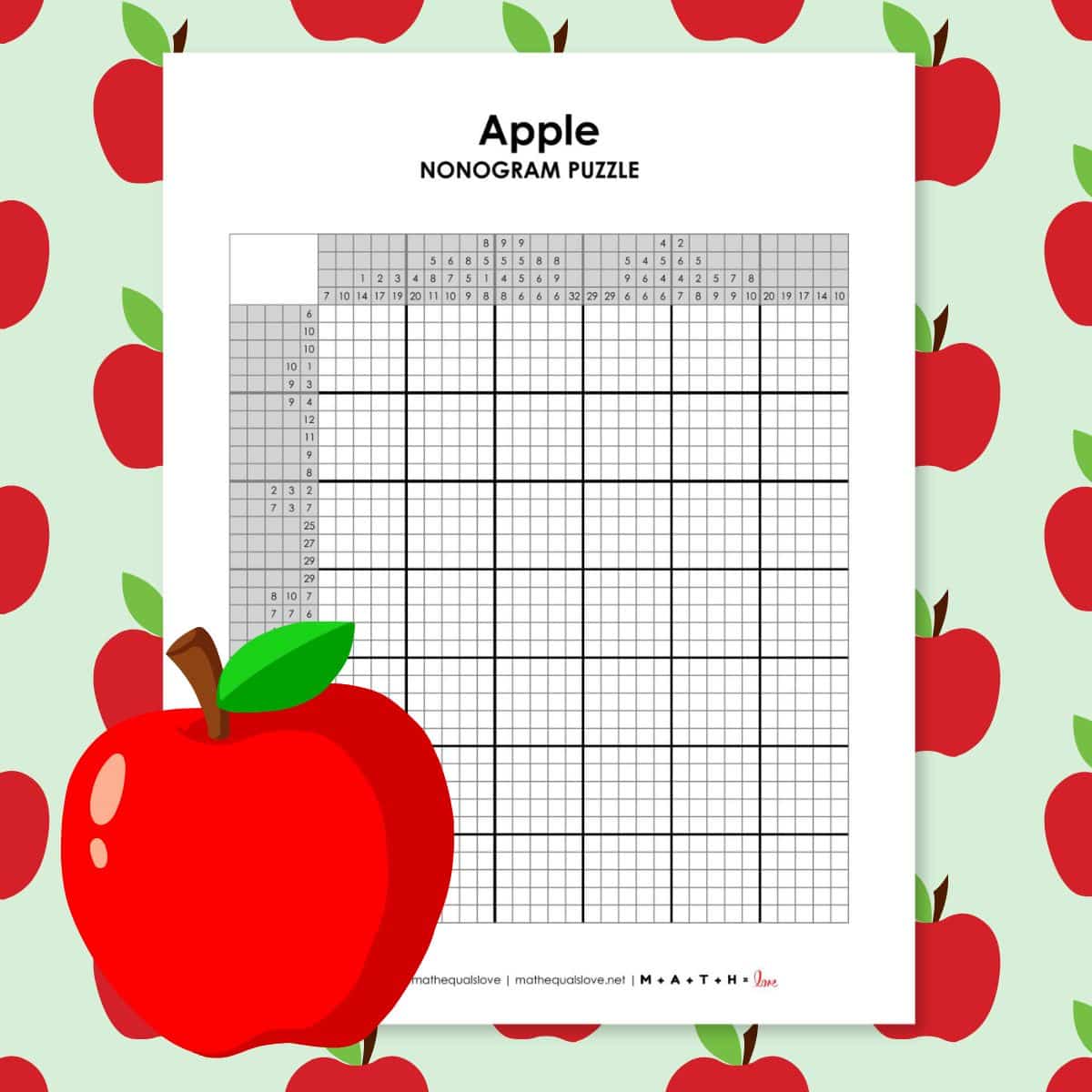
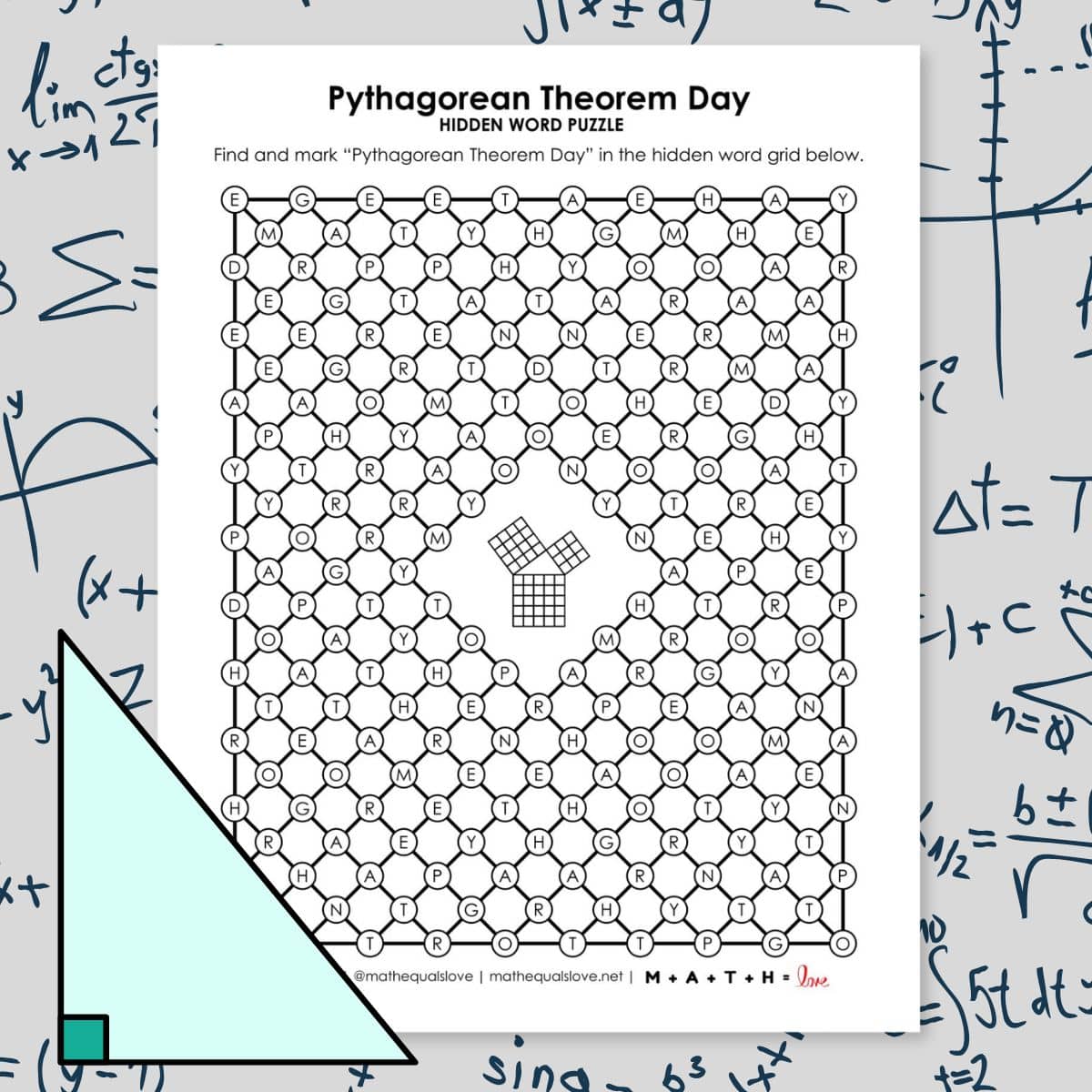
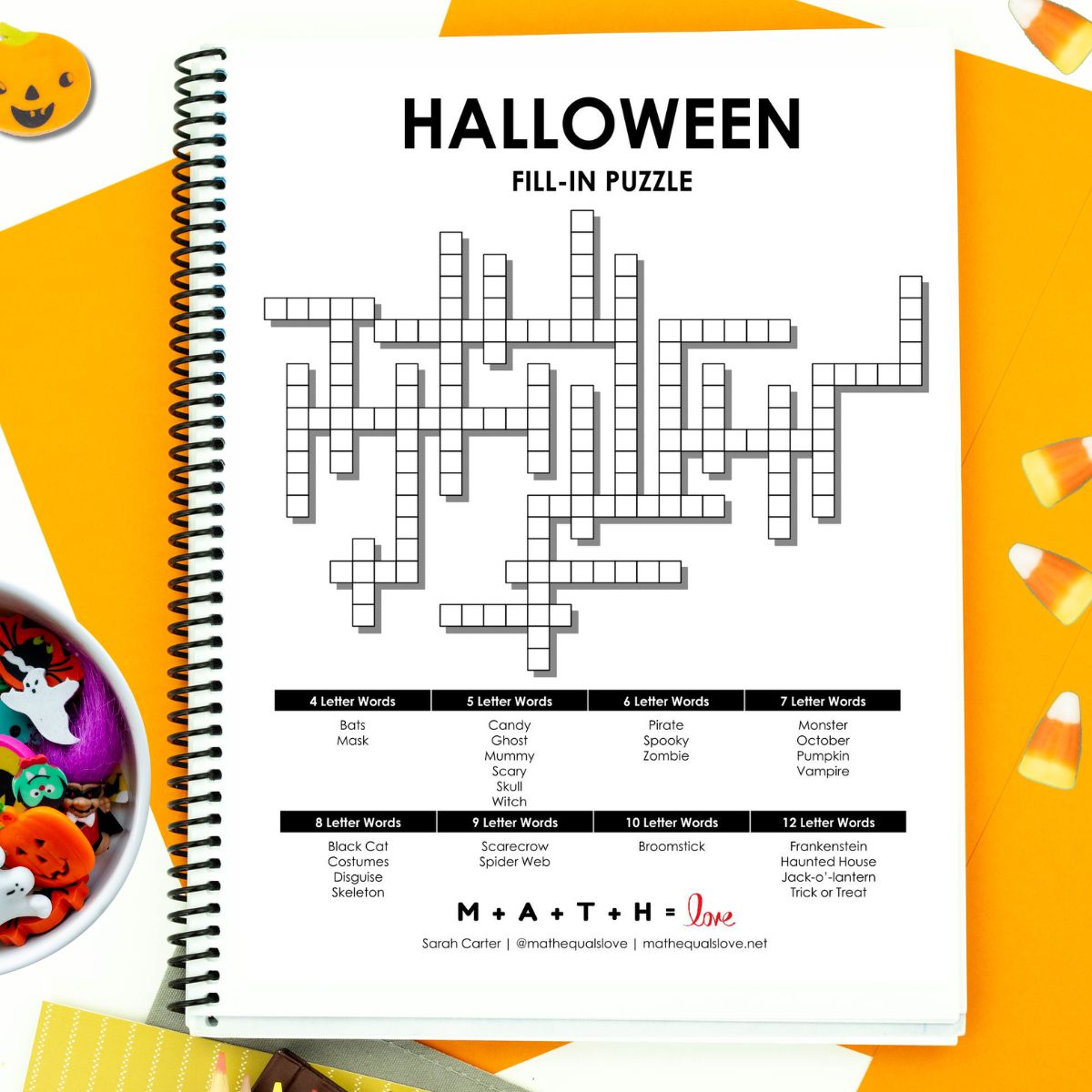
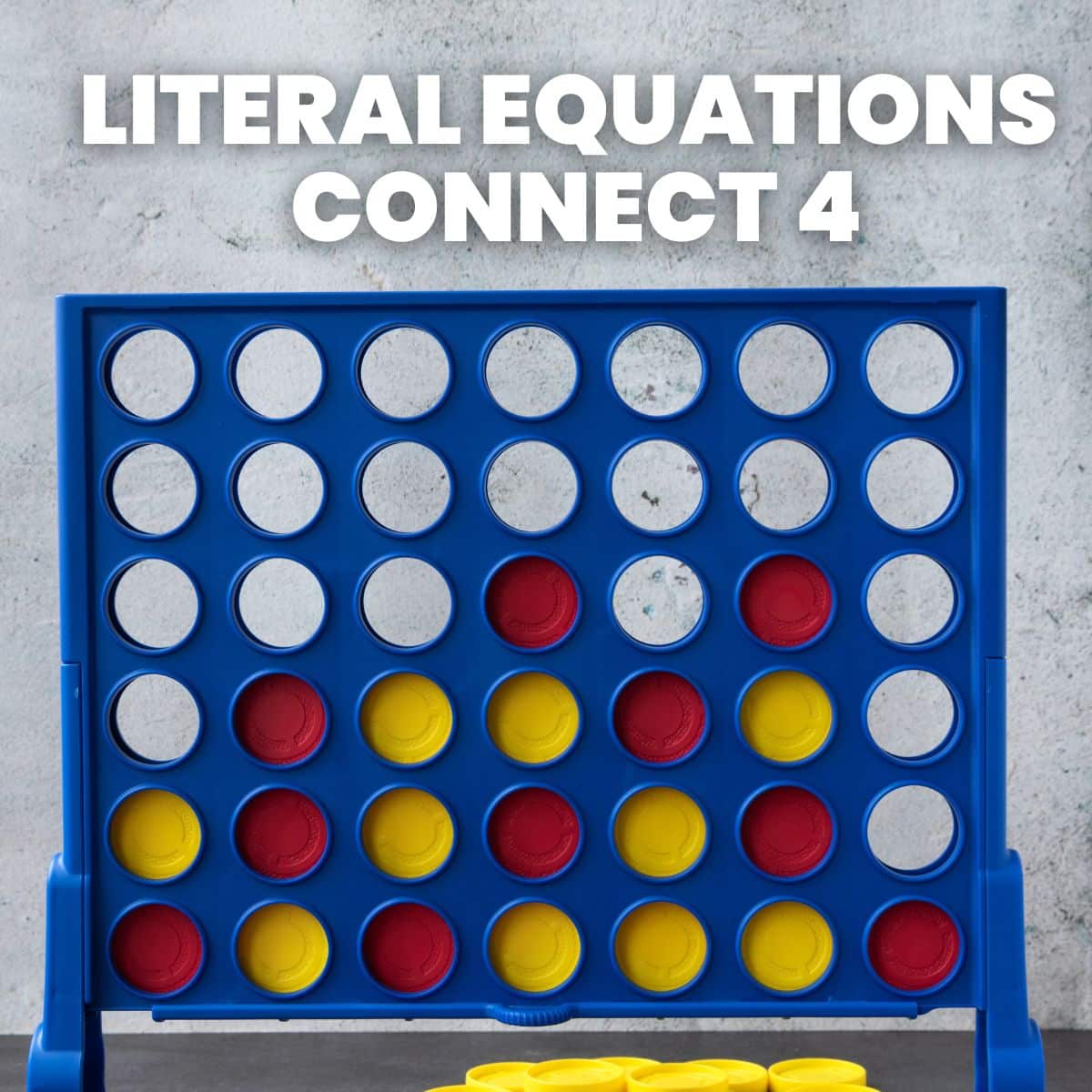
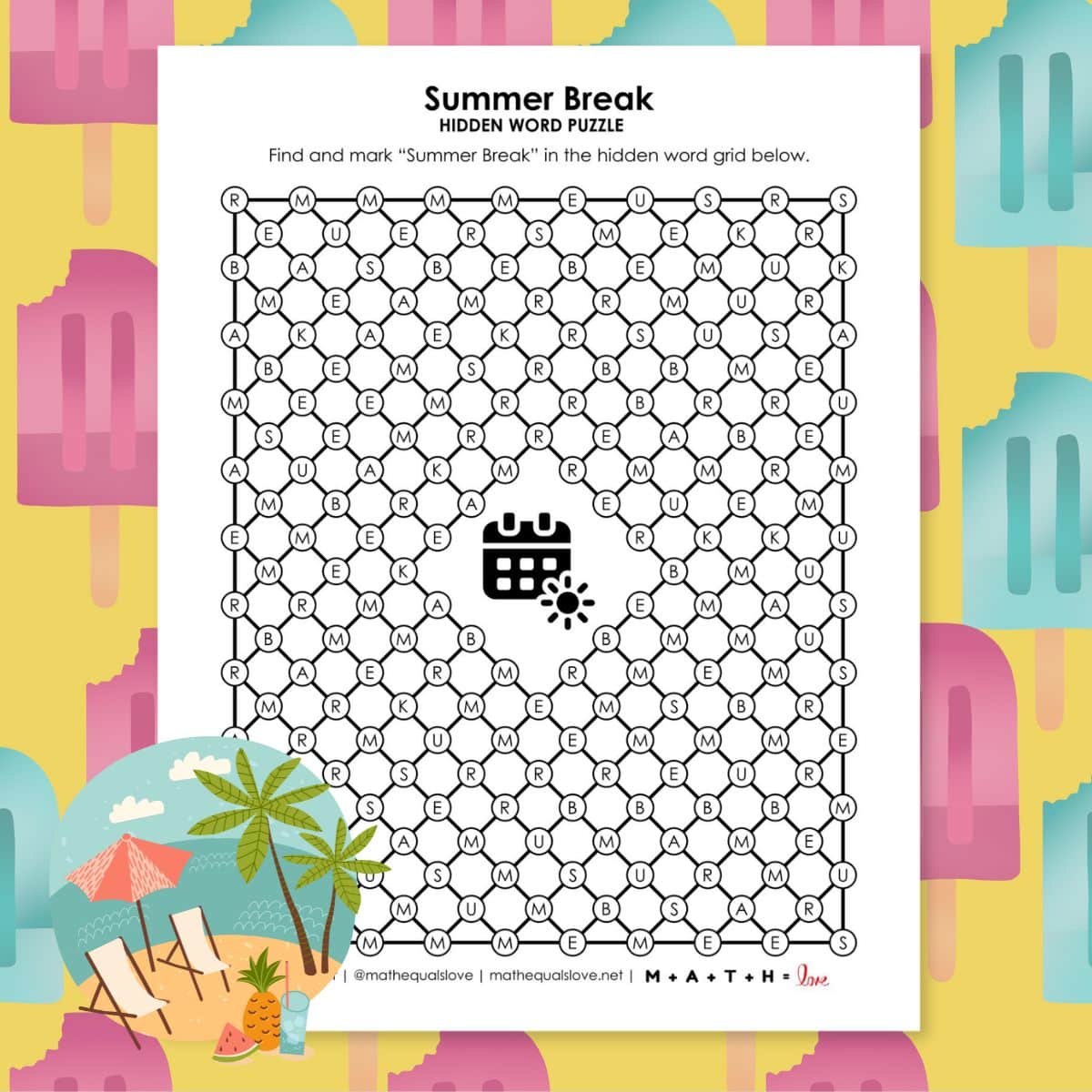

Thanks so much for sharing! I follow you on Twitter. I'll be adding this to my activity list next week!